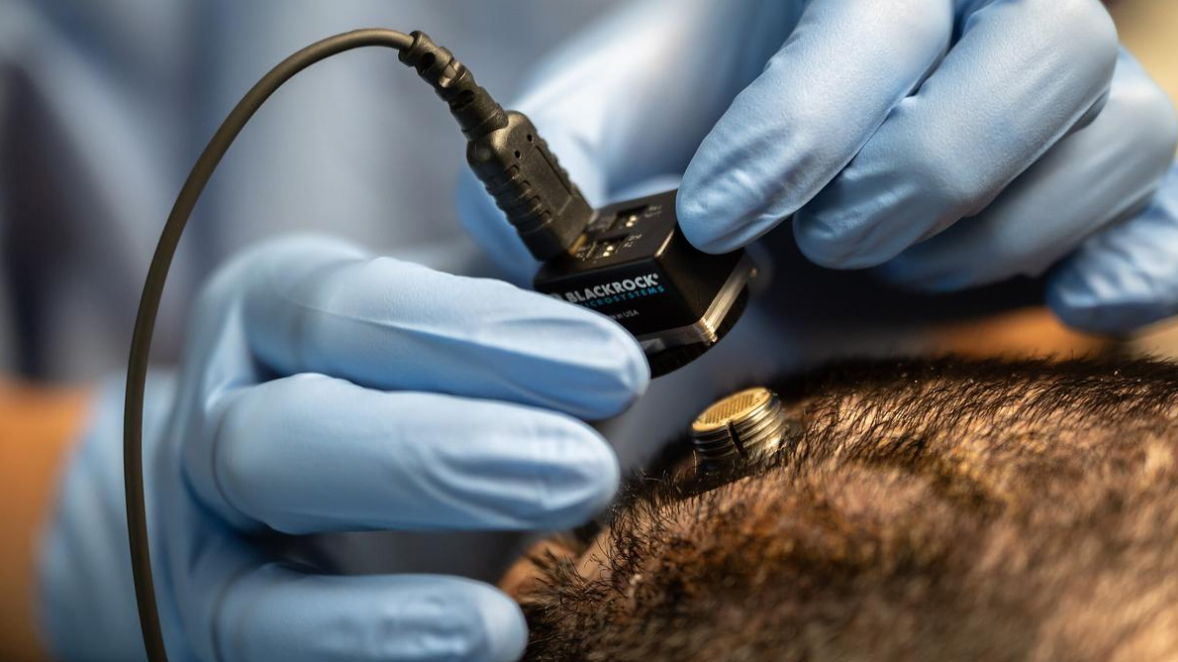



BatEchoMon is India’s first automated bat monitoring system, developed by IIHS Bengaluru. It records bat echolocation sounds, filters noise, and identifies species using AI. It's affordable and fast, replacing months of manual work. This innovation will help scientists better understand and protect bats, which are vital for ecosystems.

Copyright infringement not intended
Picture Courtesy: THE HINDU
BatEchoMon, is India’s first automated bat monitoring system, developed as part of the Long-Term Urban Ecological Observatory in the School of Environment and Sustainability at the Indian Institute for Human Settlements (IIHS), Bengaluru.
It is a special device that listens to bats’ sounds (called echolocation calls) and figures out which species of bats are making them. This is important because studying bats used to take a lot of time and effort, but now this machine can do it automatically.
Before BatEchoMon, researchers had to sit for hours listening to recordings of bats’ sounds. Once a researcher spent 11 months analyzing just 20 nights of data. Now, with BatEchoMon, the same work could be done in just a few hours.
Advanced bat detectors cost a lot of money, but BatEchoMon is much cheaper. It costs one-third of what similar systems cost.
Bats play an important role in nature. They help control insect populations, pollinate plants, and spread seeds. But because they are hard to study, we don’t know much about them. Devices like BatEchoMon will help scientists learn more about bats and protect them better.
Source:
|
PRACTICE QUESTION Q.Which biological adaptation allows bats to detect and interpret ultrasonic echoes effectively? A) Large external ears that amplify incoming sound waves. B) Specialized auditory neurons tuned to high-frequency signals. C) A flexible larynx capable of producing variable pitches. D) Enhanced visual receptors that complement echolocation. Answer: B Explanation: Specialized auditory neurons within a bat’s brain enable it to detect and interpret high-frequency ultrasonic echoes. These neurons are finely tuned to specific frequency ranges, ensuring precise analysis of returning sound waves. While large external ears (option A) help collect echoes, they do not directly process them. The flexible larynx (option C) generates ultrasound but does not contribute to detection or interpretation. Enhanced vision (option D) supports general orientation but plays no role in processing ultrasound data. |





© 2025 iasgyan. All right reserved